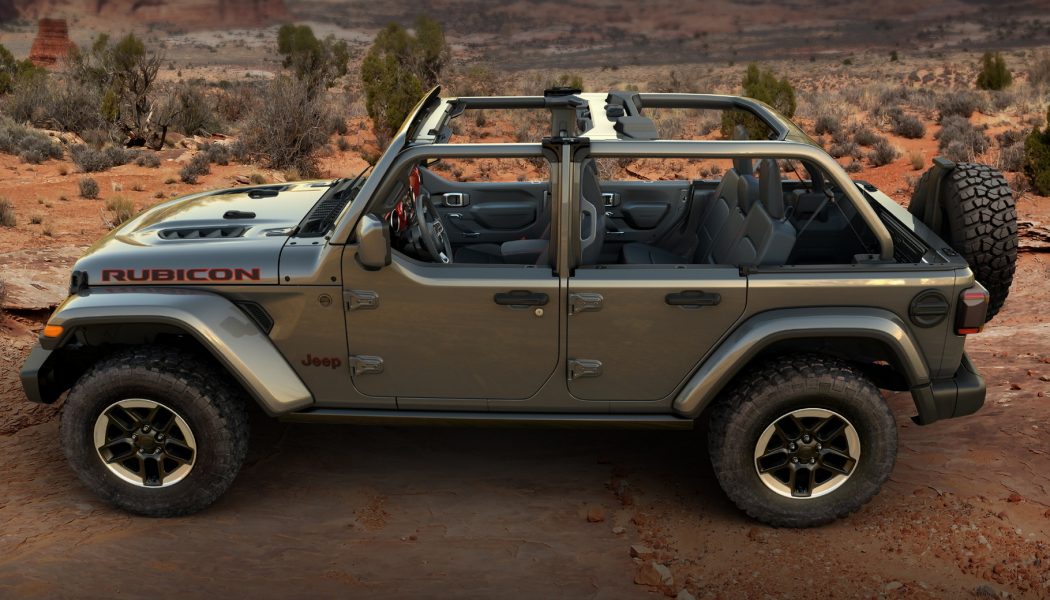As such, the concept car cribbed its underpinnings from the Buick Park Avenue full-size sedan. The use of the flagship Buick model’s unibody architecture afforded the Signia a low step-in height while also offering a raised, SUV-like seating position.
Although the Signia was no beauty pageant contender, its design certainly included a number of attractive styling elements. Look past the concept’s dowdy mug and details such as the concept’s prominent rear fender line (gracefully mirrored by the rear window, too), steeply raked C-pillar, and single-piece rear hatch glass—that covers the entirety of the cargo hold— come together to give the illusion of a rear-drive powertrain.
In reality, the concept’s transverse-mounted supercharged 3.8-liter V-6 fed its 240 hp to the front wheels. No surprise, really, given the front-wheel-drive Park Avenue-derived chassis of the Signia.
Engaging dynamics and straight-line speed, then, were clearly not crucial to the Signia’s mission. Instead, Buick poured its efforts into the concept’s versatility. For instance, the Signia’s distinct hatch featured polymer-dispersed liquid crystal glass that darkened in relation to the intensity of the sun, as well as when the vehicle was locked. The hatch itself (a 54-pound piece) was also removable, allowing the Signia to hold taller items in its cargo bay. Other features included a load floor capable of automatically extending out through the swing-out doors of the Signia’s split-rear tailgate and a blind-spot monitoring system (in 1998!).
While the Signia’s name and its trick rear hatch never adorned a production Buick model, the inherent concept of the vehicle did live on in the more upright Rendezvous crossover SUV, which Buick debuted for the 2002 model year. Unfortunately, the soap-bar-shaped Rendezvous traded the Park Avenue-based architecture and 240-hp supercharged V-6 of the Signia for the more mundane chassis and 185-hp six-cylinder engine of General Motors’ minivans of the time: the Chevrolet Venture, Oldsmobile Silhouette, and Pontiac Montana. (Later iterations of the Rendezvous eventually offered more powerful engine options. )
The Signia was neither particularly pretty nor dynamically compelling, yet compared to the underpowered Rendezvous, it might as well have been a sports car. The Buick Signia was far from perfect, but its basic template offered great potential. Rather than tweak the styling and improve upon the concept’s essential hardware, though, Buick essentially threw the essence of the Signia in the trash and created a production-bound crossover SUV that was somehow homelier and dynamically inferior to the concept preceding it. The Buick Rendezvous could have been a luxury-lined Subaru Outback-like crossover with a supercharged engine option. Instead, it arrived as a soap-bar-shaped short-wheel-base minivan posing as an SUV.










